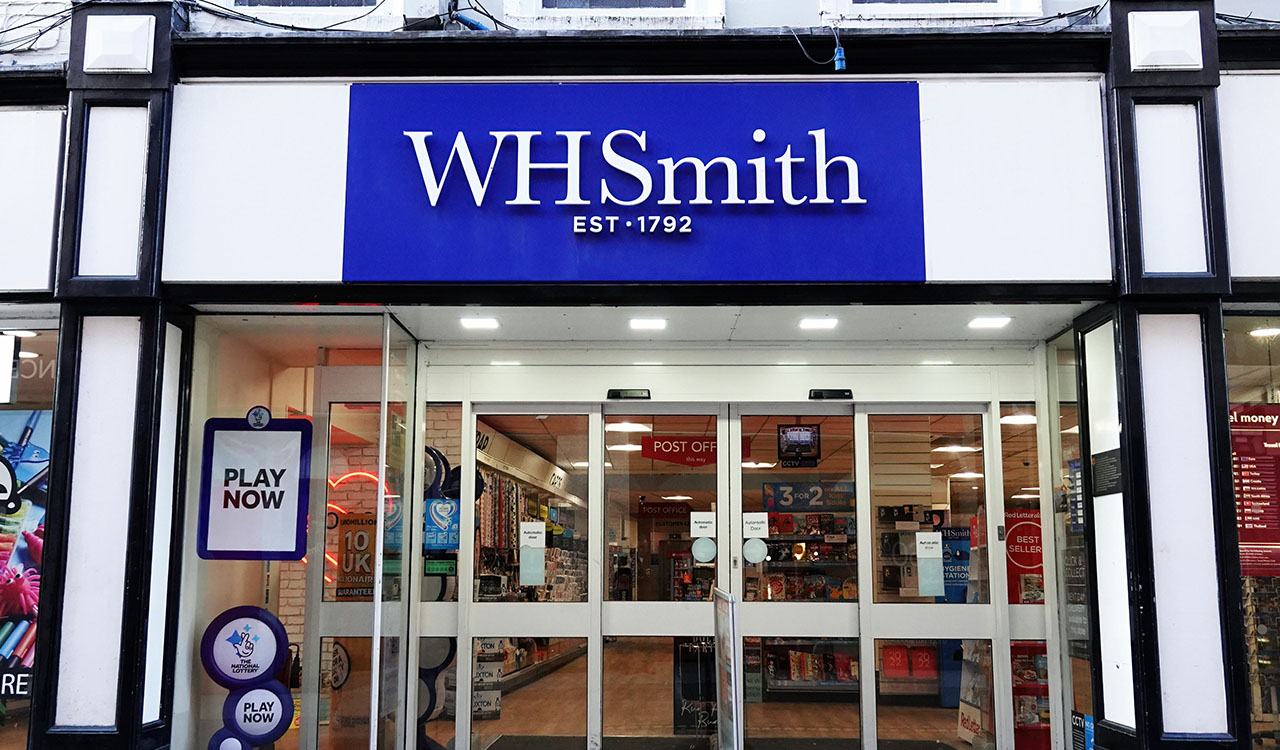As retail chains have gotten ever larger – stretching into the hundreds, thousands and even tens of thousands of units – management at the country’s largest players has always struggled with how to cater to local tastes and preferences. Some national chains have taken the McDonald’s approach: the same thing every time in every place. It’s worked for Walmart, Target, and others like Costco. Familiarity breeds trust.
Retailers use the word “curate” with great abandon to describe their localization efforts. The success of local market curation is debatable. To pull it off requires the fusion of art (understanding customers’ needs and preferences) and science (a lot of tech applications and tools that inform the right curation for the right customer cohorts).
But over the course of retailing history, some companies have chosen to try to localize their assortments to fit specific marketplaces. Of course, that goes for the obvious of not putting winter clothing in Phoenix or sundresses in February in Detroit. But less obvious have been the strategies employed at one time at retailers like JCPenney and the late, lamented Bed Bath & Beyond. Both eventually got away from localizing their stores for a variety of reasons and generally paid the price. Each certainly had more than their fair share of additional maladies dragging their businesses down besides localization.
By the Book
Now Barnes & Noble has jumped on the local train with initial success as it tries to come back from its near-death experience. Under new CEO James Daunt the book chain – which crashed and nearly drowned in the wake of the Amazon onslaught of the category – has resurrected itself. Daunt put his localized merchandising strategy in place: store managers decide which titles are featured at the front of the store, have some leeway on ordering product specifically for their trading area and arrange the shelves in ways that best suit their customers. This was Daunt’s practice at his own small chain in England and also when private equity owners brought him to run Waterstones, the U.K. equivalent of B&N.
He then was asked to repeat the process on this side of the Atlantic and so far, the results seem to be paying off. After years of going in reverse, closing stores, and losing share, B&N is now opening new stores and its business is improving.
Barnes & Noble has certainly been the beneficiary of the swing back to physical shopping although Amazon is probably not shaking in its bits and bytes. But for right now, it’s the best case study we have for why and how localizing can work.
JCP & BBB
Go back a few years – OK, a few decades—and two other national chains were the poster children of localizing. JCPenney historically always gave its local and regional managers great autonomy for deciding what to put into their stores…and where to put it. Part of this was apparel-based but it also extended to home where different colors and patterns sold better in different parts of the country. And for a long time, it served the company well.
As Bed Bath & Beyond began to expand from its small base in the Northeast to a national footprint it operated along a similar path. Local managers did much of the ordering for their stores and vendors were required to ship those individual orders to each store, often in onesies or twosies. Suppliers didn’t necessarily like the extra cost involved in fulfilling these mini orders, but as long as they kept coming in even when BBB reached over 1,000 locations, they put up with it.
What happened with both these stores? The biggest reason they failed was logistics. Bed Bath did not have distribution centers and eventually, as ecommerce and scale demanded some centralization; local managers began to have less and less say about their store assortments. New management at both retail chains, perhaps with their eye more on spreadsheets than local buying idiosyncrasies, looked to standardize skus and floor plans.
Eventually both retail brands went to total nationalized buying and merchandising and that was the end of localization. We pretty much know how both these stories ended.
My Macy’s…Maybe
Even with the practical advantage of having standard assortments, national advertising, and online inventories, some retailers have nonetheless been intrigued by trying to individualize their stores. My Macy’s was a bold initiative put in place by former CEO Terry Lundgren after he engineered the merger of the company with May Co. and hung the Macy’s sign on every former nameplate across the country. The idea was to be able to replicate the individual assortments that Jordan Marsh Florida, Marshall Field and Macy’s California once had that they were quite successful with. While Lundgren and his successor Jeff Gennette talked about this initiative all the time, it’s unclear how much shoppers ever really noticed it in person. Yes, the shorts and beach towels stayed out all year in Florida and mufflers and flannel remained in Minnesota well into the spring, but it was hard to see much other evidence of how My Macy’s related to local markets…even though the program seems to technically still be in place.
Retail Still Vocal on Local
Despite all the attempts at localization that haven’t worked – many due to circumstances having nothing to do with the concept itself – it remains an intriguing idea for all kinds of retailers. Foot Locker says it is working to make its assortments better fit local buying tastes as part of its “Lace Up” strategy to fix its sagging sales. Fast-fashion’s Zara is reported to be giving its local store managers more authority over their shop’s inventory, displays and even designs, using its proprietary data system to track regional buyer patterns. Macy’s, still trying to find the right hook for all of this, is using its Market by Macy’s local strip center stores – the newest of which will simply go by the Macy’s name – to address preferences in individual trading areas.
These retailers use the word “curate” with great enthusiasm to describe their localization efforts. The success of local market curation is debatable. To pull it off requires the fusion of art (understanding customers’ needs and preferences) and science (a lot of tech applications and tools that inform the right curation for the right customer cohorts).
What’s worth remembering is that like much in retailing – in business for that matter – nothing is really all that new. Tailoring assortments to local preferences goes back to the very first stores. Those general store owners knew their customers by name and knew what they wanted – and ordered it on demand). Today, the challenge of scaling localization has failed for many.
Shop local has been a mantra of independent specialty retailers forever. Big retailers continue to try to make it work nationally. The proof will be walking that local talk and delivering the right stuff to the right people at the right time.





